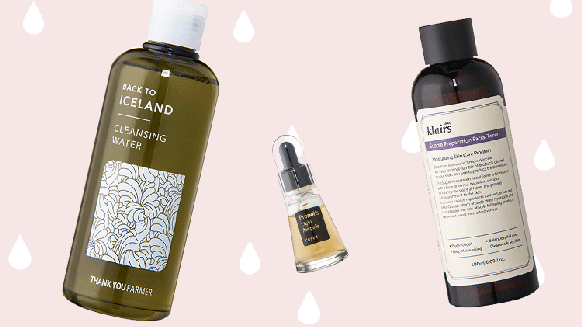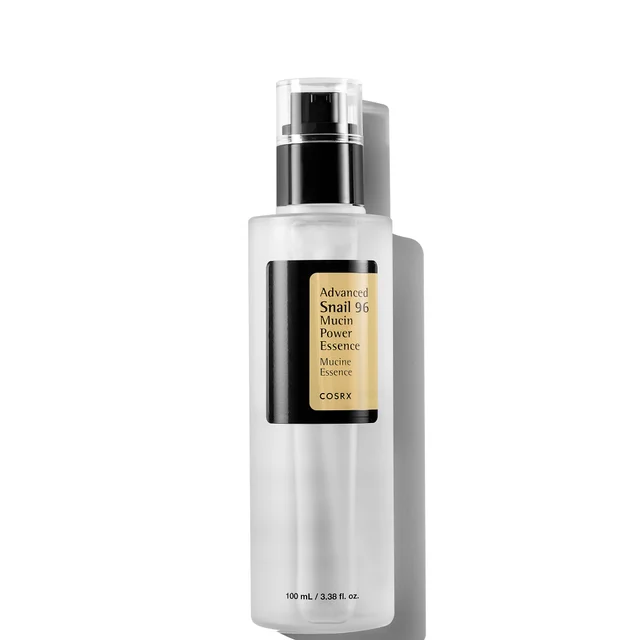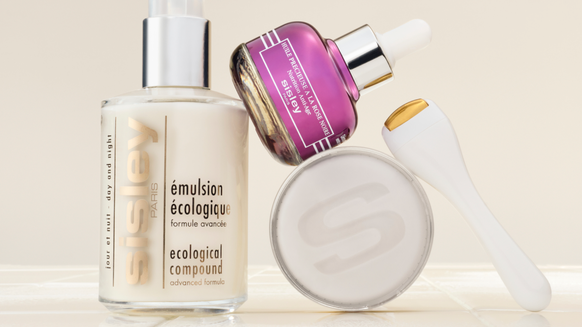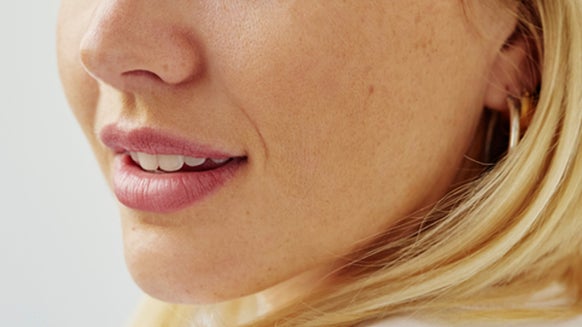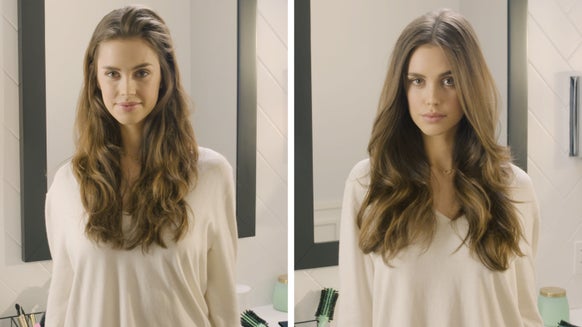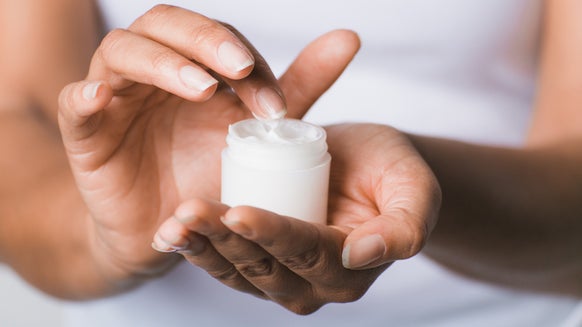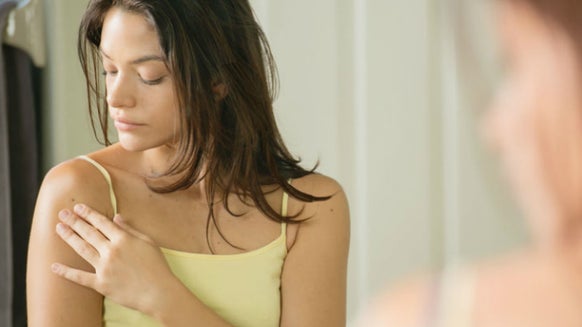J-Beauty vs. K-Beauty: What’s the Difference?
Judging by the number of its recent converts and passionate admirers, it’s safe to say that Asian beauty and skin care is not just a trendy, of-the-moment craze that eventually gets pushed aside as its viral status fizzles out. In fact, we have seen Korean beauty or K-beauty take the spotlight in the last couple of years. But that’s not all. In recent months, its Japanese counterpart, or J-beauty, has likewise landed itself on the radar of beauty and skin care connoisseurs. Now, we’re not here to join in on the great K-beauty versus J-beauty debate of 2018. Besides, why choose between the two when we can definitely benefit from incorporating both beauty philosophies into our own skin care routines?
Difference Between K-Beauty and J-Beauty
Before discussing what makes each of these beauty cultures distinct, it’s important to point out that while K-beauty and J-beauty have different approaches to skin care, they share the same goal and attitude when it comes to skin health. “Both K- and J-beauty focus on hydration as well as reduction or prevention of pigmentation (brown spots and melasma). They both involve sun avoidance and protective barriers against sun exposure,” says board-certified dermatologist Anna Guanche, founder and director of Bella Skin Institute.
While both put great emphasis on cleansing (Japanese women even introduced us to double-cleansing), hydration and potent formulas made with the highest-quality ingredients—K-beauty and J-beauty—often differ in their methods. “Japanese skin care is more reserved. While considered innovative and science-driven, J-beauty is more about functionality and simplicity with long-term results,” says skin care expert and beauty chemist David Pollock, founder of JustAskDavid.com. Japanese beauty draws from their culture's rich heritage and centuries-old traditions, evidenced by their uncompromising commitment to harnessing highly effective indigenous ingredients, simple yet proven formulations and minimalist, no-frills regimens. Japanese beauty also relies heavily on scientific research and innovations, ensuring product quality and long-lasting benefits. “I would say that J-beauty demonstrates a philosophy of practicing a skin care marathon rather than a sprint,” Pollock adds.
Similarly, K-beauty is centered on skin care advancements. It may have set social media abuzz with its flat lay-ready packaging and cemented our love for sheet masks, but K-beauty is more about mastering the science of skin care and leading the way in discovering new ingredients, textures and formulations. This is clearly seen in the type of products they have introduced to the rest of the world, which have created categories that are all their own. And whereas Japanese women tend to keep their skin care routines as straightforward as possible, Korean beauty leaves a lot of room for layering and experimentation. “Korean women use a lengthy list of products. They tend to optimize dewy, glowy, fresh-looking skin,” adds Dr. Guanche.
K-Beauty Loves Layers of Hydration
Korean beauty is perhaps best-known for its 10-step regimen—which, when taken to the extreme, can actually be as many as 15 (or reduced to five, if you prefer to keep things simple)—that promises to give you that coveted “glass skin.” And with each step, hydration remains the focus. “While all of us consider it important to cleanse, layer a targeted serum and follow that with a moisturizer and eye cream, K-beauty takes the process further with additional steps,” explains Pollock. These steps typically involve a range of products that are uniquely Korean—from their textures and consistencies to gram-worthy wrappings and jars. Not to mention, ingredients that are derived from the most unexpected of sources. “Korean key ingredients can sometimes seem bizarre, but they work! Serums can actually be made of snail mucin! Other ingredients include hydrating hyaluronic acid, bee-derived propolis, ginseng, arbutin, honey, vitamin C and tea tree oil,” adds Dr. Guanche. Here are some of the products that form the foundation of every K-beauty routine:
Essence: A “hybrid between liquid serum and toner” says Dr. Guanche, essences are usually infused with fermented ingredients and are applied right after cleansing and toning. It hydrates and preps your skin to allow for better absorption of oncoming products while also targeting your skin concerns. Ampoules: Containing a higher concentration of actives, an ampoule is often considered the supercharged version of a serum. Problem-specific sheet mask: K-beauty takes masking to a whole new level and there’s a sheet mask for just about every skin concern. Among the most popular, according to Dr. Guanche, are pearl masks for excess pigmentation, chestnut husk masks for acne and honey and royal jelly for dryness.
J-Beauty Keeps Things Simple
On the other hand, Japanese women put more emphasis on simplifying their beauty regimen with products that deliver more than one intended benefit and “offering more preventative care and long-term benefits,” explains Pollock. Their nightly double-cleansing routine is a prime example: Not only does it thoroughly cleanse to prevent clogged pores and breakouts, it also addresses skin concerns like dryness. “Japanese women cleanse their skin so well at night that they are able to cleanse with just water in the morning. They also like to exfoliate but not with any harsh scrubs. In addition, they love to massage their face with their own hands for a lymphatic massage or use expensive facial rollers to stimulate repair,” adds Dr. Guanche. Japanese beauty also favors lighter textures—such as milks, gels and emulsions—so as not to weigh down the skin after layering. “They focus on a more matte, softer, almost velvet-like skin. They like applying light layers of few products,” adds Dr. Guanche. A typical Japanese skin care routine involves:
Lotion: Unlike the lotion that most of us are familiar with, Dr. Guanche says, “These lotions are watery and are patted into the skin, not wiped away like a toner or astringent. They are used to provide hydration and are often full of hydrating properties from aloe, hyaluronic acid, ceramides, green tea, tea tree oil and water.” Oils: Oils take a central role in Japanese women’s skin care regimen, especially for their double-cleansing routine. They function both as cleansers and moisturizers. SPF: While both K-beauty and J-beauty put great emphasis on sun protection (and rightfully so), Japan is more known for their advanced sunscreen formulations.
How to Start Your Own K-Beauty or J-Beauty Routine
Starting your own K-beauty or J-beauty regimen may seem like hard work, especially since both routines involve introducing new products to your existing routine. But the good news is, applying these beauty philosophies don’t actually require you to overhaul your entire daily regimen. “I would suggest starting with a simple sheet mask to amp up your beauty regimen. There are many available and you can choose one that focuses on your problem areas such as dryness, redness, dull skin or texture. Once you learn to incorporate a sheet mask into your regimen, you could then try adding another step in the daytime,” suggests Dr. Guanche.
If ampoules, essences and lotions still sound intimidating to you, you can start with a hydrating serum instead, says Dr. Guanche. “Since J-Beauty and K-Beauty focus on hydration, adding more hydrating products help your skin look and feel more refreshed. Don’t forget to gently massage your skin to stimulate blood flow!” she adds. Ultimately, Pollock says, starting your own regimen depends on what suits you and your skin the most. After all, there’s no rule that says you can’t reap the benefits of both.

Janeca Racho is a Journalism graduate with over 15 years of writing experience. After getting her start in public relations and advertising, she made the switch to freelance writing and began working for various lifestyle, fashion, and travel brands. Her love for all things skincare has led her to beauty reporting and research for the last ten years. Writing for several hair and beauty blogs, she reports on anti-aging staples, trending brands and products, must-have ingredients, and health and wellness.
Related Posts
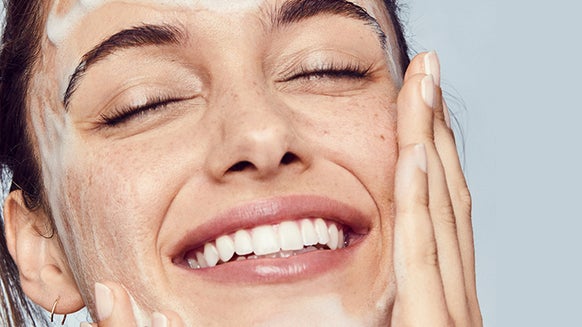
The Ultimate Guide on How to Double Cleanse for Clean, Glowing Skin
